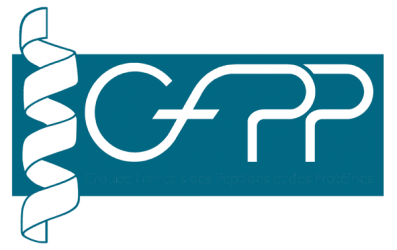This review reports recent advances in the field of molecular imaging. Starting from the main features of a contrast agent, several gadolinium complexes are illustrated. The review highlights systems based on peptides and peptidomimetics supported by crystal structures of interesting moieties related to this research field. Various synthetic protocols are described, showing the power of some methodologies like OBOC or solid-phase synthesis.
Magnetic resonance imaging (MRI) is a common medical imaging technique that provides three-dimensional body images. MRI contrast agents improve image contrast by raising the rate of water proton relaxation in specific tissues. Peptides and peptidomimetics act as scaffolds for MRI imaging agents because of their increased size and offer the possibility to engine a higher hydration value within the design. The design of a new Gd-based contrast agent must take into account high stability constants to avoid free Gd(III), with the subsequent nephrotoxicity, and high relaxivity values. This review analyzes various synthetic approaches, reports studies of relaxometric parameters, and focuses on the description and application of Gd(III)-chelates based on peptide and peptidomimetic scaffolds. In addition, the X-ray molecular structures of three DOTA complexes will be reported to emphasize the necessity of using the X-ray diffraction analysis to identify the coordination sphere of the metals and the mechanism of action of the compounds.


